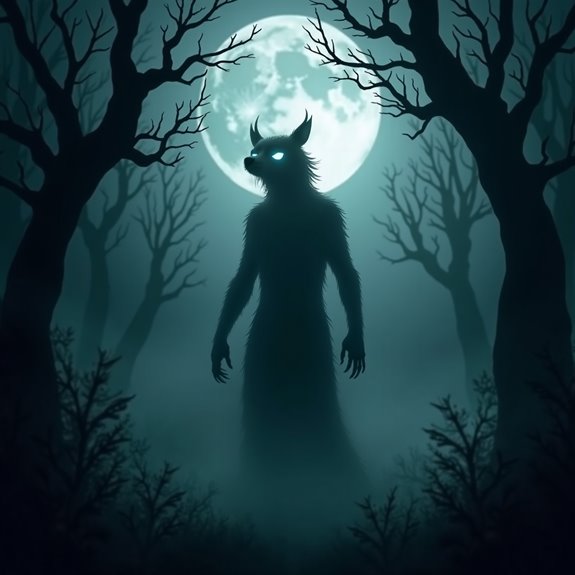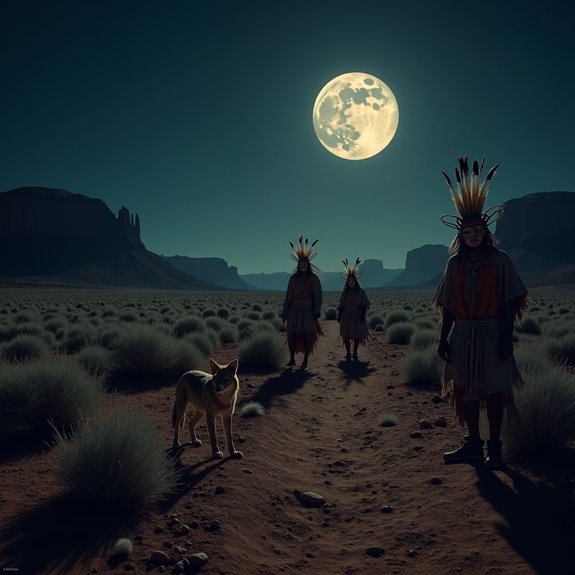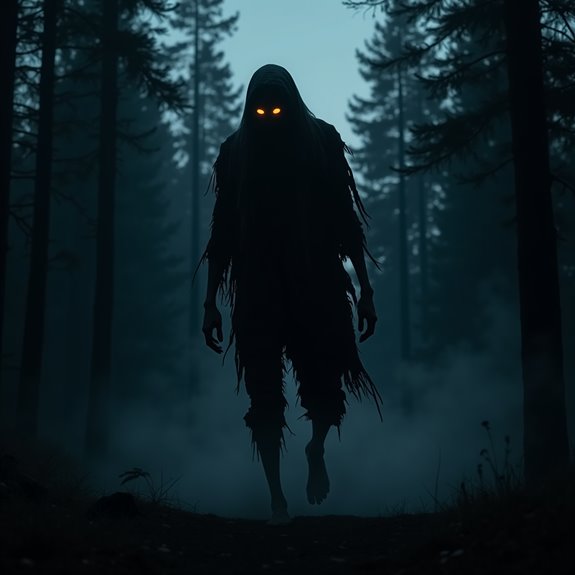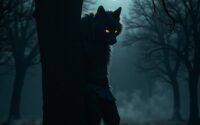What Is a Skinwalker — And Can They Be Stopped?
Skinwalkers, or “yee naaldlooshii,” are deeply rooted in Navajo culture as malevolent shapeshifters linked to witchcraft and dark rituals. Their ability to transform and the fear they invoke pose significant questions about their nature and the means of stopping them. Many believe that conventional methods fall short against such entities, but what truly lies behind the legend? Unpacking this mystery reveals insights into cultural values and the human psyche.
Introduction

Many people have heard of skinwalkers, but few understand the origins and beliefs surrounding these mysterious beings. These shapeshifters, rooted in Navajo folklore, possess the ability to transform into various animals. Traditionally, skinwalkers were considered witches who abused their powers to harm others, invoking fear within communities. The very mention of a skinwalker often stirs unease, as tales recount chilling encounters and spectral sightings. Many believe skinwalkers derive their strength from dark rituals and the consumption of human flesh, marking them as malevolent entities. Their legend serves as both a cautionary tale and a subject of enchantment, showcasing a complex interplay of cultural fear and the supernatural. The intrigue surrounding skinwalkers continues, enchanting those drawn to the mysteries of the unknown.
Navajo Cultural Beliefs

While Navajo cultural beliefs are rich and varied, the concept of skinwalkers stands out due to its deep-rooted significance in their spiritual and social narratives. In Navajo tradition, skinwalkers, or “yee naaldlooshii,” are often seen as malevolent witches with the ability to shapeshift into animals. This belief stems from a fear of the dark side of spirituality, emphasizing the importance of maintaining harmony and balance within the community. Such figures attract attention not only for their supernatural abilities but also for what they represent—caution against moral transgressions and the violation of societal norms. Elders often instruct the younger generations about skinwalkers, reinforcing cultural values and the need to respect the unseen forces that influence human life.
Notable Cases or Sightings

Throughout the years, numerous accounts of skinwalker sightings have emerged from various areas within Navajo territory, capturing both curiosity and fear. One notable case involves a group of hunters who reported a creature resembling a deer, which then abruptly transformed into a man-sized figure before disappearing into the woods. In another instance, a family near Shiprock claimed to have spotted a skinwalker mimicking their livestock’s cries, leading to intense anxiety within the community. Additionally, some individuals have described encounters where the skinwalker’s eyes glowed unnaturally in the dark, instilling terror in those who witnessed it. These stories, passed down through generations, serve as a stark reminder of the cultural significance and ominous reputation associated with these shapeshifting beings.
Common Theories or Explanations
The chilling accounts of skinwalker sightings often lead to speculation about their origins and the beliefs surrounding them. Many theorists suggest these beings stem from Navajo mythology, where they symbolize evil witches who transform into animals. Some believe skinwalkers arise from negative energy or curses placed on individuals. Others point to psychological explanations, asserting that fear and cultural narratives influence perceptions of these figures. Additionally, skeptics attribute sightings to misidentified wildlife or hoaxes. The notion of shapeshifting raises questions about the nature of reality and belief. Whether a supernatural phenomenon or a manifestation of human anxiety, the intrigue surrounding skinwalkers continues to fuel discussions that intertwine folklore, psychology, and cultural heritage.
Frequently Asked Questions
What Do Skinwalkers Look Like When Transformed?
When transformed, skinwalkers often take on the appearance of various animals, such as wolves or birds. Their eyes may glow, and their movements are swift and unnatural, embodying a mixture of predatory grace and eerie stealth.
Can Anyone Become a Skinwalker?
Many believe that only certain individuals, often from specific lineages, can become skinwalkers. They’ve typically undergone dark rituals, which grant them the ability to shapeshift, but it’s not something just anyone can achieve.
Are Skinwalkers Real or Just Folklore?
Many believe skinwalkers are real, citing numerous personal encounters. Others argue they’re merely folklore, serving as cautionary tales within Native American culture. Ultimately, the truth often lies in the experiences and beliefs of the individuals involved.
What Precautions Can Be Taken Against Skinwalkers?
To protect against skinwalkers, one should avoid certain areas, respect local traditions, and stay vigilant at night. They’ll often chant or use protective symbols, which many believe can shield them from such malevolent entities.
Do Skinwalkers Have Weaknesses or Vulnerabilities?
Many believe skinwalkers have vulnerabilities, like iron, which might repel them. Certain rituals and protective symbols are said to weaken their powers. However, evidence remains mostly anecdotal, as the truth about them isn’t definitively known.


